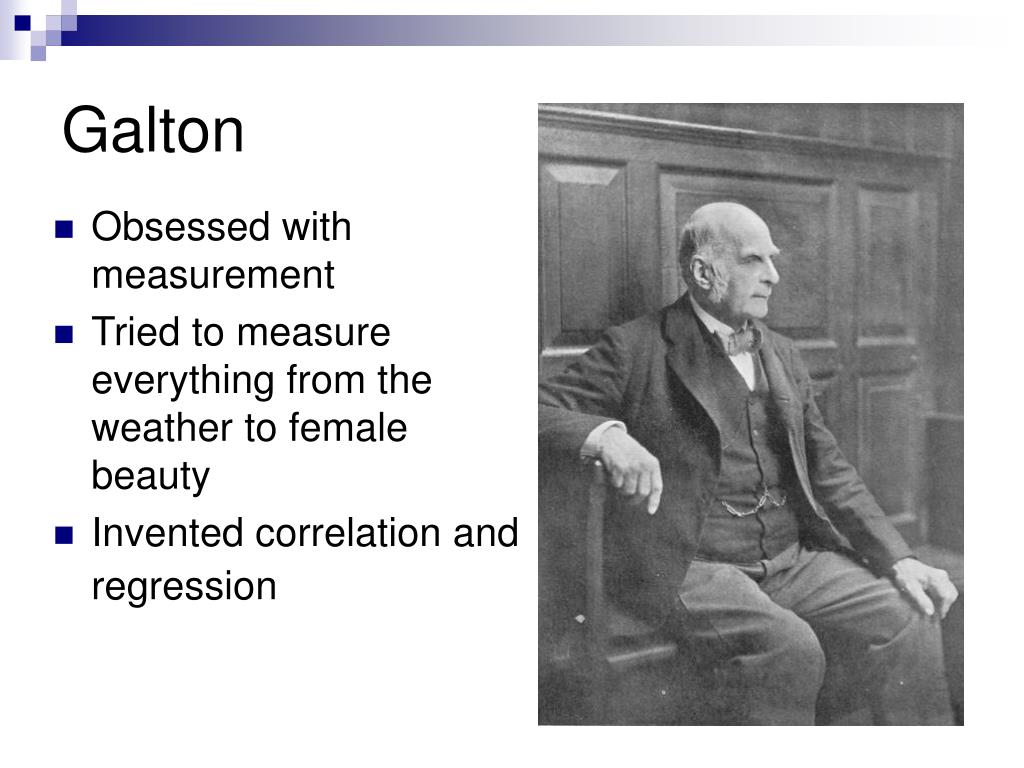

It is through his writing on the topic that the phrase ‘nature versus nurture’ was popularised. Galton was electrified when he read his half-cousin’s 1859 work On the Origin of Species: while Darwin touches only fleetingly on the potential implications of exploring variation in human populations, Galton devoted much of his working life to the study of heredity and eugenics, a term he invented in 1883. Galton went on to become a regular visitor at Down House the correspondence of the two scientists contains frequent reference to their shared research interests and exchange of scientific papers. Sir Francis Galton (1822-1911) and Charles Darwin shared a grandfather in the physician and Midlands Enlightenment thinker, Erasmus Darwin (1731-1802) – the two branches of the family were not close, but the half-cousins renewed their acquaintance in adulthood after Darwin wrote in 1853 with compliments on Galton’s Narrative of an Explorer in Tropical South Africa. Galton defined eugenics as the study of agencies under social control that may improve or impair the racial qualities of future generations either physically or mentally. Your best plan will be, if you can come, will be to start from Charing X by the 5.21 train on Saturday evening, which reaches Orpington a little before 6 o’clock & I will endeavour to send a carriage to meet you’, or there are further options for travel by coach. Francis Galton, an English statistician, demographer and ethnologist (and cousin of Charles Darwin), coined the term eugenics in 1883. Galton’s problem, in contrast, involved the interpretation of evidence. What Darwin’s problem amounts to is how genetic inheritance produces intergenerational variability and stable variation. It deals with actual multi-generational variation. ‘If you are disengaged will you give us the pleasure of seeing you here on Sunday the 9th. Darwin’s problem as defined above is different. Provenance: by descent.Įxtending an invitation to visit alongside Darwin's cousin, the Victorian polymath Francis Galton. Two pages, 203 x 125mm, bifolium, headed notepaper. Darwin’) to Moseley, Down, Beckenham, Kent.


 0 kommentar(er)
0 kommentar(er)
